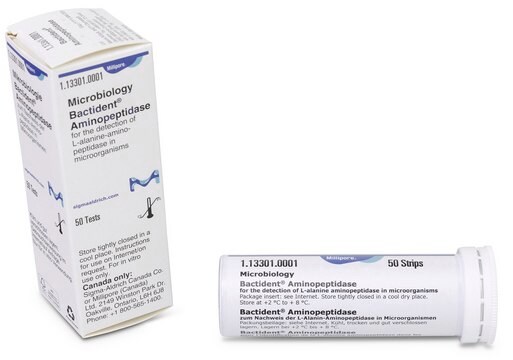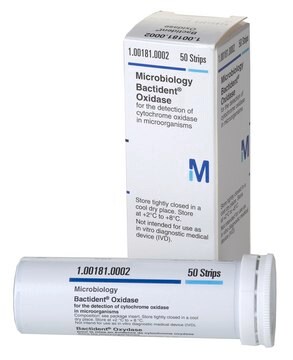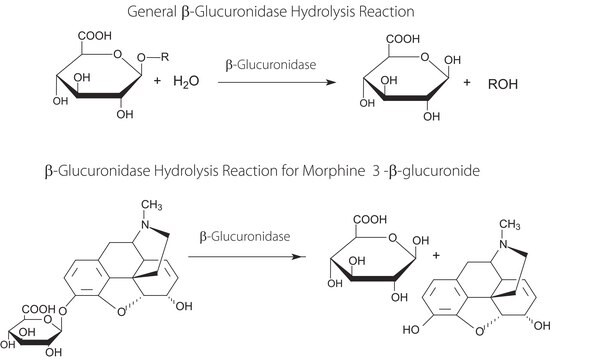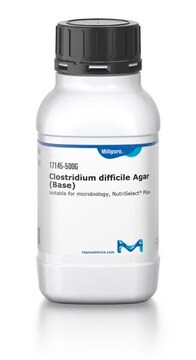Kluczowe dokumenty
75554
Aminopeptidase Test Strips
suitable for agriculture, clinical testing, environmental, food and beverages, pharmaceutical, microbiology and specific enzyme detection
About This Item
Polecane produkty
product name
Aminopeptidase Test, suitable for microbiology
linia produktu
BioChemika
Poziom jakości
okres trwałości
limited shelf life, expiry date on the label
metody
microbe id | specific enzyme detection: suitable
spektrum działania antybiotyku
Gram-negative bacteria
Zastosowanie
agriculture
clinical testing
environmental
food and beverages
pharmaceutical
microbiology
temp. przechowywania
2-8°C
przydatność
bacteria
Opis ogólny
Zastosowanie
L-Alanine aminopeptidase is an enzyme localized in the bacterial cell wall which cleaves N-terminal L-alanine from various peptides. It is found almost exclusively in Gram-negative microorganisms. Studied Gram-positive or Gram-variable microorganisms show no or very weak activity. The aminopeptidase test is a reliable method for determining the Gram behavior. It does not replace Gram-staining, as it cannot show morphology.
Komponenty
Nie możesz znaleźć właściwego produktu?
Wypróbuj nasz Narzędzie selektora produktów.
Kod klasy składowania
11 - Combustible Solids
Klasa zagrożenia wodnego (WGK)
WGK 3
Temperatura zapłonu (°F)
Not applicable
Temperatura zapłonu (°C)
Not applicable
Środki ochrony indywidualnej
Eyeshields, Gloves, type N95 (US)
Wybierz jedną z najnowszych wersji:
Masz już ten produkt?
Dokumenty związane z niedawno zakupionymi produktami zostały zamieszczone w Bibliotece dokumentów.
Klienci oglądali również te produkty
Produkty
Clostridia are relatively large, gram-positive, rod-shaped bacteria that can undergo only anaerobic metabolism.
An article regarding the Role of Clostridium perfringens and their detection, identification, and differentiation from Sigma-Aldrich.com
For microbiologists the most fundamental stain was developed in 1884 by the Danish bacteriologist Hans Christian Gram.
Dla mikrobiologów najbardziej fundamentalny barwnik został opracowany w 1884 r. przez duńskiego bakteriologa Hansa Christiana Grama.
Nasz zespół naukowców ma doświadczenie we wszystkich obszarach badań, w tym w naukach przyrodniczych, materiałoznawstwie, syntezie chemicznej, chromatografii, analityce i wielu innych dziedzinach.
Skontaktuj się z zespołem ds. pomocy technicznej









